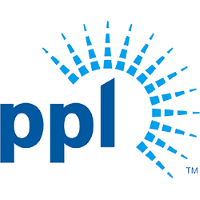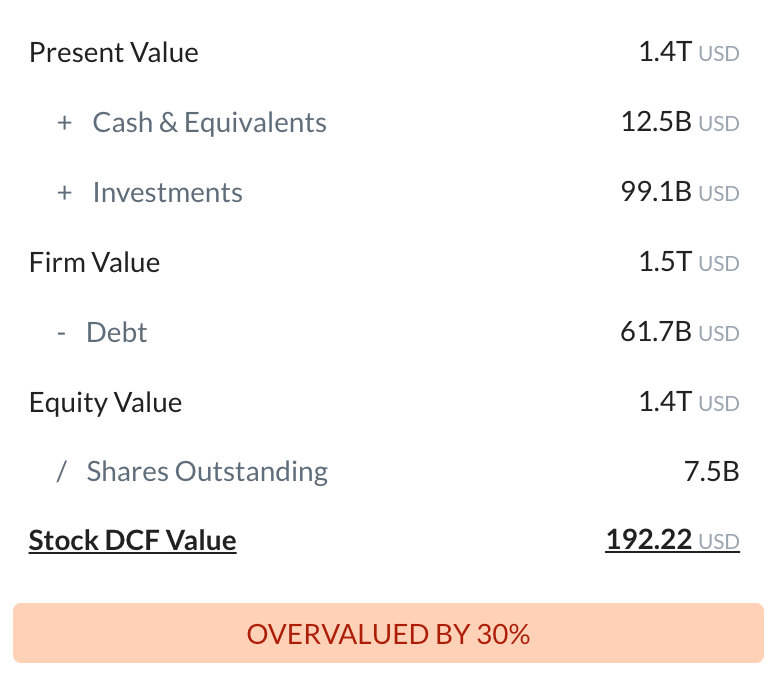
PPL Corp
NYSE:PPL

Intrinsic Value
The intrinsic value of one
 PPL
stock under the Base Case scenario is
43.78
USD.
Compared to the current market price of 35.71 USD,
PPL Corp
is
Undervalued by 18%.
PPL
stock under the Base Case scenario is
43.78
USD.
Compared to the current market price of 35.71 USD,
PPL Corp
is
Undervalued by 18%.
The Intrinsic Value is calculated as the average of DCF and Relative values:

Valuation History
PPL Corp

Fundamental Analysis

PPL’s acquisition of Rhode Island’s Narragansett Electric could fail to deliver expected synergies if integration costs rise or regulatory hurdles delay essential infrastructure upgrades.
PPL’s transition to a purely domestic, regulated utility model after divesting its U.K. assets offers more predictable revenue streams and reduced foreign currency risk.

Revenue & Expenses Breakdown
PPL Corp

Balance Sheet Decomposition
PPL Corp

| Current Assets | 2.9B |
| Cash & Short-Term Investments | 306m |
| Receivables | 1B |
| Other Current Assets | 1.5B |
| Non-Current Assets | 38.2B |
| PP&E | 33.1B |
| Intangibles | 2.6B |
| Other Non-Current Assets | 2.5B |
Free Cash Flow Analysis
PPL Corp

| USD | |
| Free Cash Flow | USD |
Earnings Waterfall
PPL Corp

|
Revenue
|
8.5B
USD
|
|
Cost of Revenue
|
-1.7B
USD
|
|
Gross Profit
|
6.8B
USD
|
|
Operating Expenses
|
-5B
USD
|
|
Operating Income
|
1.7B
USD
|
|
Other Expenses
|
-854m
USD
|
|
Net Income
|
886m
USD
|
PPL Profitability Score
Profitability Due Diligence

PPL Corp's profitability score is 51/100. The higher the profitability score, the more profitable the company is.

Score
PPL Corp's profitability score is 51/100. The higher the profitability score, the more profitable the company is.
PPL Solvency Score
Solvency Due Diligence

PPL Corp's solvency score is 27/100. The higher the solvency score, the more solvent the company is.

Score
PPL Corp's solvency score is 27/100. The higher the solvency score, the more solvent the company is.
Wall St
Price Targets
PPL Price Targets Summary
PPL Corp

According to Wall Street analysts, the average 1-year price target for
 PPL
is 36.96 USD
with a low forecast of 31.54 USD and a high forecast of 40.95 USD.
PPL
is 36.96 USD
with a low forecast of 31.54 USD and a high forecast of 40.95 USD.
Dividends
Current shareholder yield for  PPL is
.
PPL is
.
Shareholder yield represents the total return a company provides to its shareholders, calculated as the sum of dividend yield, buyback yield, and debt paydown yield. What is shareholder yield?
The intrinsic value of one
 PPL
stock under the Base Case scenario is
43.78
USD.
PPL
stock under the Base Case scenario is
43.78
USD.
Compared to the current market price of 35.71 USD,
 PPL Corp
is
Undervalued by 18%.
PPL Corp
is
Undervalued by 18%.






















































 You don't have any saved screeners yet
You don't have any saved screeners yet